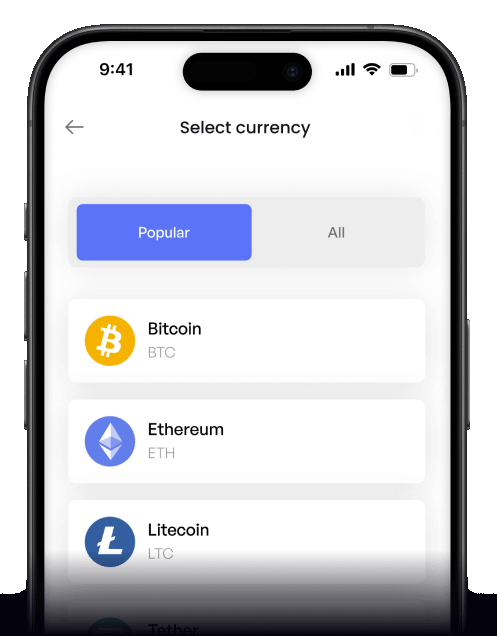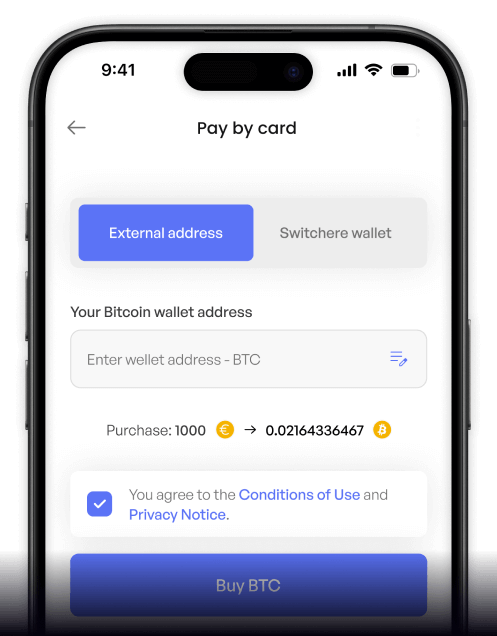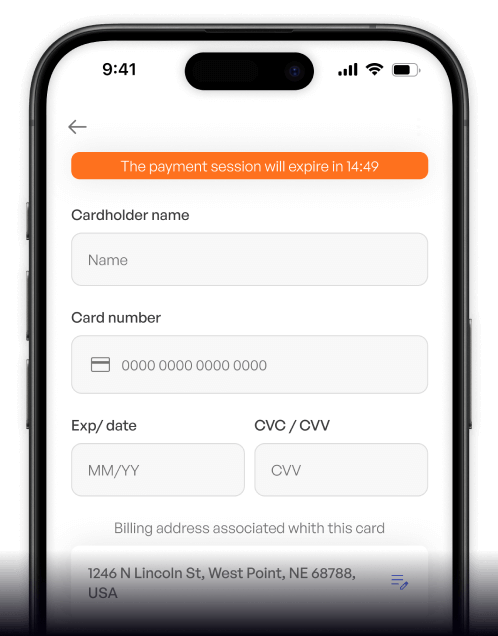Convert
Indian Rupee (INR) to Balancer (BAL) Instantly
Purchase Balancer (BAL) with Indian Rupee (INR) easily at Switchere and benefit from fast, secure transactions.
About
Balancer (BAL)
Balancer (BAL) is a core piece of decentralized finance (DeFi) infrastructure, functioning as a highly flexible automated market maker (AMM) and liquidity protocol. Unlike traditional AMMs that often require 50/50 asset pairs, Balancer's key innovation is its use of customizable, multi-token liquidity pools, also known as smart pools. This allows anyone to create self-balancing portfolios or decentralized index funds where assets are held in specific, weighted proportions. This design not only provides deep, programmable liquidity for traders but also creates arbitrage opportunities that drive the pools back to their intended weighting, effectively automating portfolio management for liquidity providers on its decentralized network.
The protocol's evolution to Balancer V2 introduced a groundbreaking single Vault architecture. This design separates the AMM logic from the token management and accounting, massively improving gas efficiency and capital efficiency. All trades within the Balancer ecosystem are routed through this single Vault, enabling complex multi-hop trades to be executed with significantly lower transaction costs. The native digital asset of the protocol, BAL, serves as a critical governance token. Holders of the BAL utility token can participate in on-chain governance, voting on protocol upgrades, fee changes, and directing the allocation of liquidity mining rewards, thereby shaping the future of this essential Web3 infrastructure.
How to Buy Balancer (BAL)
Popular Coins for Indian Rupee (INR)
Other Coins for Indian Rupee (INR)
Frequently asked questions
-
What is the most common method to buy Balancer (BAL) with Indian Rupees (INR)?
The most common method is to use a centralized cryptocurrency exchange that offers a direct INR/BAL trading pair or an INR fiat gateway. Users typically complete KYC/AML compliance, deposit INR via UPI, IMPS, or NEFT bank transfer, and then execute a trade on the platform's order book to acquire the BAL digital asset, which is a key governance token for the Balancer AMM protocol. -
What is the primary function of the BAL token within the Balancer DeFi ecosystem?
BAL is the governance token of the Balancer Protocol, a leading Automated Market Maker (AMM). Its primary function is to allow holders to participate in the protocol's governance. By locking BAL for veBAL (vote-escrowed BAL), users can vote on proposals, influence the direction of the protocol, and determine which liquidity pools receive BAL emissions as liquidity provider incentives. -
After buying BAL with INR, what are the secure storage options for this EVM-compatible token?
For secure self-custody of your BAL tokens, a hardware wallet (cold storage) like Ledger or Trezor is highly recommended as it keeps your private keys offline. Alternatively, you can use a reputable non-custodial software wallet (hot wallet) such as MetaMask or Trust Wallet. Always ensure you are transferring to a correct EVM-compatible address and securely back up your seed phrase. -
Are there typical fees associated with an INR to BAL digital asset purchase?
Yes, several fees can apply. These include a deposit fee for adding INR to the exchange via certain payment methods, a trading fee (often a maker-taker model) for executing the INR/BAL trade, and a withdrawal fee if you move your BAL tokens off the exchange to a private digital wallet. This withdrawal fee also covers the blockchain transaction cost (gas fee) on the underlying network, like Ethereum. -
Why might an investor choose an INR/BAL pair over converting INR to a stablecoin first?
Using a direct INR/BAL trading pair can be more efficient and cost-effective. It involves a single transaction, potentially reducing trading fees compared to a two-step process (INR to stablecoin, then stablecoin to BAL). Direct pairs with sufficient trading volume and liquidity also minimize slippage, ensuring a better execution price for the digital asset purchase.






